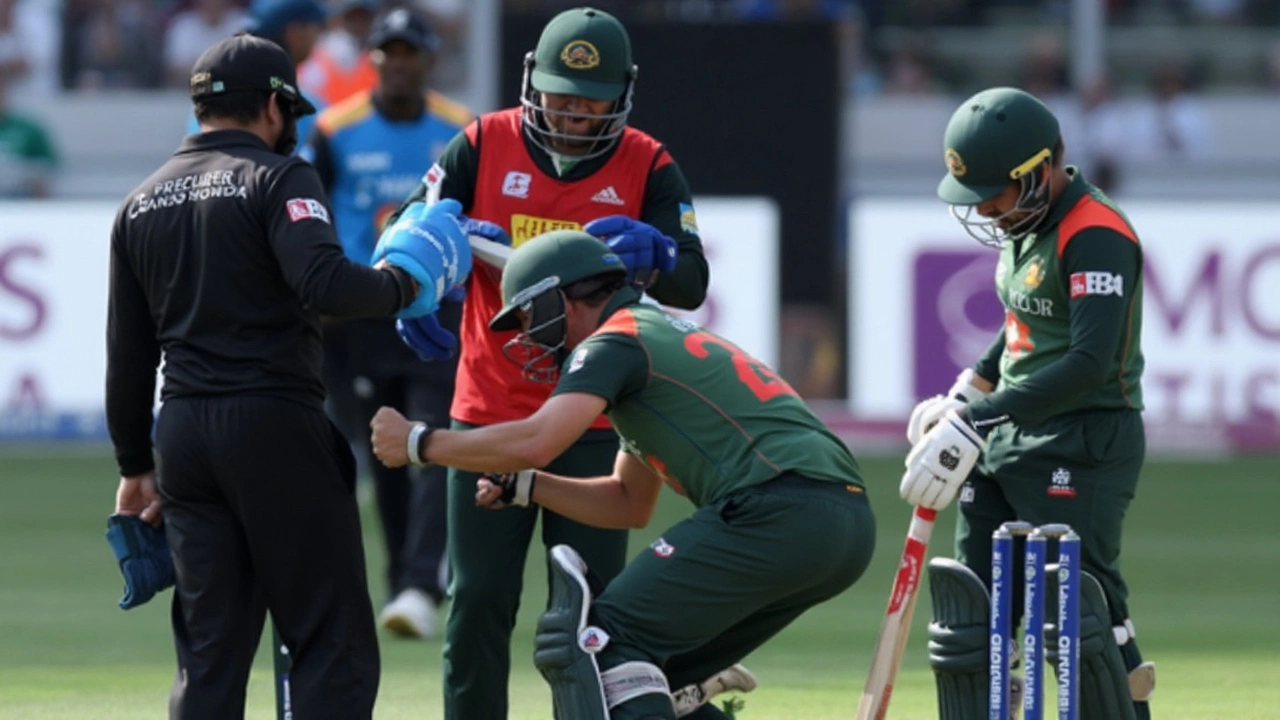Cardiac Arrest Basics: Signs, First Aid and Prevention Tips
Imagine someone suddenly collapses, isn’t breathing, and their heart stops beating. That is a cardiac arrest – a medical emergency that needs instant action. Knowing what to look for and how to respond can save a life, and it’s easier than you think.
Recognizing a Cardiac Arrest
A cardiac arrest is different from a heart attack. In a heart attack, blood flow to part of the heart is blocked, but the person usually stays conscious. In a cardiac arrest, the heart’s electrical system fails, and the person loses consciousness within seconds.
Key signs to watch for:
- No pulse or heartbeat you can feel.
- Sudden collapse, often without warning.
- Absence of breathing or gasping sounds.
- Skin looks pale or bluish, especially around lips.
If you see any of these, treat it as a cardiac arrest. Don’t waste time trying to figure out the cause – act fast.
Steps to Take in an Emergency
1. Call emergency services immediately. Say you suspect a cardiac arrest and give the exact location.
2. Start CPR (cardiopulmonary resuscitation) right away. Push hard and fast in the center of the chest – about 100 to 120 compressions per minute. Think of the beat of a popular song like “Stayin’ Alive.”
3. Use an AED (automated external defibrillator) if available. Turn it on, follow the voice prompts, and let it analyze the heart rhythm. If it advises a shock, deliver it and then resume CPR.
4. Keep going until help arrives. Even if you’re tired, keep the compressions going. Every second counts.
If you’re not trained in CPR, remember the “hands‑only” version: just push hard and fast without rescue breaths. It’s still better than doing nothing.
After the person is stabilized, medical professionals will handle advanced care. Your quick response gives them a fighting chance.
Beyond emergency response, you can lower your own risk of cardiac arrest. Regular exercise, a balanced diet, and routine check‑ups keep the heart healthy. If you have conditions like high blood pressure, diabetes, or a family history of heart disease, talk to your doctor about monitoring and medication.
Know the warning signs of heart problems – chest pain, shortness of breath, or unexplained fatigue – and don’t ignore them. Early treatment of heart disease can prevent the heart from going into arrest.Finally, spread the word. Encourage friends, family, or coworkers to take a CPR course. Community training builds confidence and saves lives.
In short, recognizing a cardiac arrest, calling for help, and performing CPR are the three steps that make the biggest difference. Stay calm, act fast, and you could be the reason someone gets a second chance.
